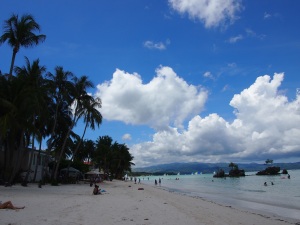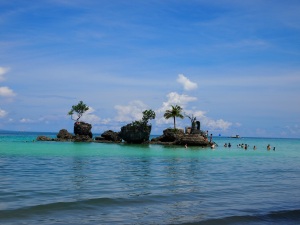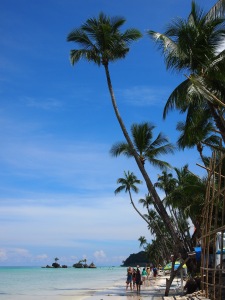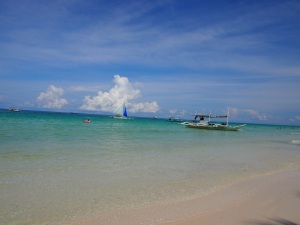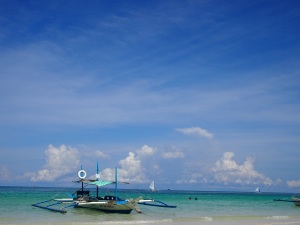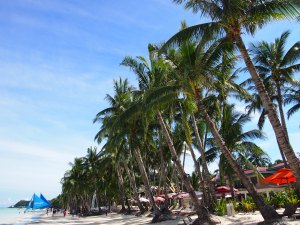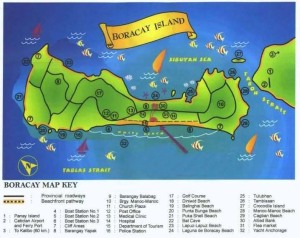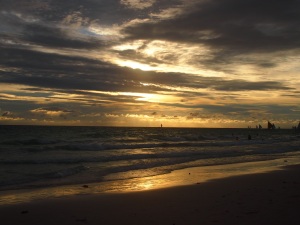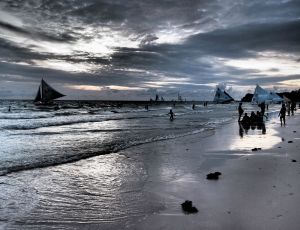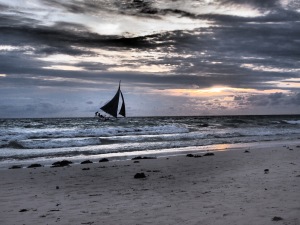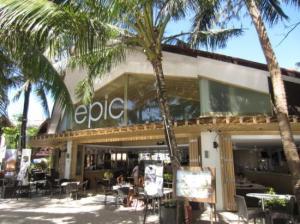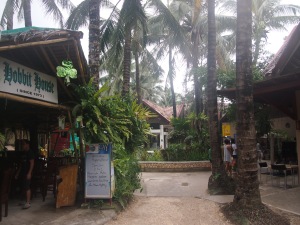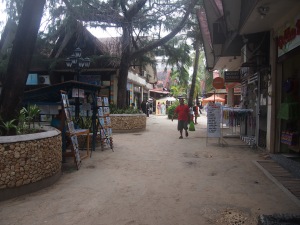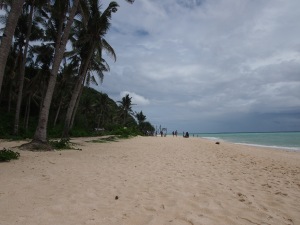It is easy now, after the trip, to think of a hundred and one reason why Peru is an amazing destination. To be completely fair, I chose Peru as randomly as I choose all my destinations. Most remote, most unknown, with the highest probability of maximizing new knowledge, information and interactions. Before the trip, my knowledge of Peru was limited to the Disney cartoon Cusco, fun facts about Lamas and Machu Pichu being one of the world’s wonders. Ok, I am exaggerating. I have done research after choosing Peru, and mostly about contemporary history and local culture, and organized a nice itinerary around Southern Peru, that included Lima, Cusco, Puno and Arequipa, so no I wasn’t completely ignorant.
My trip lasted 11 days, and an obvious conclusion that I came up with is that Peru is just so vast of a country that you will get frustrated that you just can’t see everything, even in two weeks. My highest frustration being to not be able to see Iquitos and the Amazon jungle. However, I think I can safely say that I feel absolutely blessed to have had the chance to experience it and that as opposed to other places I have been to, I am sure it is not the first and last time I go there. Instead, I think that Peru will be this kind of destination that you discover and rediscover differently each time. So the plan is, I get better at Spanish and tentatively plan another trip in a couple of years, and why not in another South American country. As a side note, I have never been particularly interested by South America as a continent. Peru gave me the excitement to learn more about this part of the world, its history, its culture and traditions. More than that, I think it showed me how wrong I was to not have experienced South America earlier. The music and the culture of fun and lightness itself is mind-blowing. At random music gatherings on the streets or public places, you simply feel that times stops.
Without further due, here are reviews of the cities I have visited in Peru, the most memorable landmarks, yummiest restaurants, and off the beaten track destinations.
DISCLAIMER: There is no Matchu Pitchu in this review. For several reasons, I have not been to the Inca Citadel. First and foremost, the number of tourists that go there daily makes it feel like a highly unexclusive place. From people I have met, it seems like tourists can barely move on site with such a big crowd. Secondly, we realized that Southern Peru had so much more remote, quite sceneries, that it would be a shame to trade it for Machu Pichu, just because it is claimed to be THE landmark of Peru. Another reason is the very high cost. Of all the monuments I have visited in the world, all categories included, Machu Pichu was the most expensive. Angkor Wat in Cambodia is equally impressive and was only 20 $. Machu Pichu is 44 $, but that is not all. You will have to pay around 200 $ for a round trip from Cusco or Ollaytantambo to Aguas Clients, spend the night there (extra $ for the night)+ pay the bus to get to Machu Pichu, to be flooded in a tide of tourists. No thanks.
LIMA:
It has been a long time I haven’t had such a crush on a city. But Lima is truly a highly likable city. I have been there in November, when the weather was the sweetest, hot then breezy, breezy than warm. This altering weather was very pleasant. On the other hand, I was told by several people that Lima is almost covered with grey clouds almost all year long (except from November through January), and that people rarely see blue sky. Bottom line is that we were lucky to be in such a pleasant time. Besides the wonderful weather, Lima is geographically impressive. The city is located on a cliff, overlooking the pacific ocean, I can only let you imagine the beautiful views that you could get from almost all parts of the city. My favorite remains the view from Miraflores, the bourgeois-boheme quarters of Lima. Filled with lush gardens and green spaces, posh buildings and gourmet eateries, Lima has all the comfort and the entertainment one needs to have to be happy (yes, I know, very objective), but I truly projected myself living an as an expat in Lima so don’t blame me I already pictured my life there. I bet it would be very charming.
- Gamarra: This is THE place to go if you are looking for cheap and trendy clothes. Don’t get me wrong, I was not looking for shopping in Peru, but my luggage got lost by the stupid airline I was taking, and I did not want to burn my nerves trying to get in touch with the company and eventually know where my luggage was. So I just took a shortcut and went directly to buy some clothes. For around 60 dollars, I bought countless “branded” t-shirt, pants, socks and panties. Also, aside from the shopping experience, Gamarra is great in that it gives you a real insight on local’s life. There, you will find absolutely no foreigner. You can eat ananas on the street, converse with shopkeepers and enjoy some street music. Gamarra is very messy and unorganized, in sharp contrast with fancy Miraflores or Barranco.
- Barranco: this is the artist’s headquarters (or at least it used to be). Barranco is comparable in many regards to Montmartre in Paris, where you’ve got all the artists gotha and trendy places located.
- Restaurant Saqra: a great place to eat very creative derivative of local food. Highly recommending the causa con pulpo, one of the most uncommon combination of food. Ever. It is mashed potato with fresh avocado, and octopus (can you believe?). Oh and ceviche, you’ve got to try ceviche. Delicious raw white fish marinated in garlic. Do not abuse though, it can get bitter pretty easily.
- Museum Mario Testino: Mario Testino is one of the most renown and respected personalities in Peru. In fact, I realized that so many successful personalities from different fields are from Peru, and Mario Testing is one of them. This small but very pleasant museum has three different component. One gallery that groups the recent celebrities photographies that Testino recently shot, and those include of course models, singers and actors. The second gallery (my very favorite), is one that exhibits the “Alta Moda” series, a project that Testino worked on for around five years and that showcases beautiful portraits of Peruvians living in the mountains, with beautiful traditional clothing. A real wonder. The third one is a series of portrait of Lady Diana, which is until today one of Testino’s most celebrated work. The museum is really small, a visit will take approximately 30 to 45 minutes. There is a very nice gift shop where you can get postcards of the “Alta Moda” series, and some other fun things.
- La Calenderia Del Peru: this restaurant offers a really nice show of Peruvian traditional dances. It is kind of touristy- but most tourists coming from South American countries on corporate dinners. The ambiance is great and the dances are full of energy. Very entertaining for someone like me who enjoys local folklore, dances, and typical outfits.
- Lima City Center: so unfortunately for us, our visit to Lima has coincided with the APEC forum, with all the “important” personalities being in town, the city center was closed to tourist, and consequently, we couldn’t see Lima’s plaza de armas. Not a big deal though, I think we got plenty of Plazas de Armas during our trip in other cities. We found a free walking tour offered by the municipality of Lima near the place San Martin.
- Rasson Restaurant: great restaurants in downtown Lima. It is a trendy place that serves local food. Favorites include a starter of mushrooms marinated in a special sauce, quinoa with avocado and salmon, and salmon ceviche.
- Chocolate Museum: not much to see here. Small place with a little exhibition on chocolate fabrication. There is also a little workshop on how to make your own chocolate but was too crowded so I did not bother to try.
- Creole Restaurant: I do not remember its name, but this restaurant is located near Starbucks in Barranco. Not to be assimilated to this multinational, this restaurant is owned by the same family over three generations. The family is black-peruvians, descendants of slaves that were brought to South America. The one memory that I will remember from it is a black-peruvian singing songs about his ancestries like I never heard somebody sing before, a very peculiar voice and some very particular energy.
CUSCO:
Cusco in itself does not have what it usually takes to entertain me. Namely museums and cultural life. BUT, the aura of the city is such that I truly enjoyed myself despite not having any of these. Wandering around the streets, watching locals interact with tourists (truly harassing them), and basically just walking was enough. Warning: even though you think you will be okay with altitude you won’t. Especially when you come from Lima through a flight, it is going to be brutal to go from one climate to another with absolutely no transition. You will get over it very quickly with some pills against altitude that you can get in any pharmacy in the city.
- Plaza de Armas: Cuzco’s plaza de armas is certainly one of the most beautiful I have seen in Peru. At night, it looks absolutely stunning as all the elevations around the city get lighted up. You can also go there when the sun sets, this is when they take Cuzco’s flag down, with a little ceremony (and this happens every day). Fun fact, Cuzco’s flag is a rainbow flag. We were initially thinking what the heck is the LGBT flag doing everywhere in this city. We only later realized after some research that it was Cuzco’s emblem and a theory says that the LGBT movement got inspired from it.
- San Pedro Market: a local market where you can find absolutely everything form quinoa to flowers, ponchos, a million kinds of papas (potatoes) and a several juice stand. Definitely worth visiting.
OLLAYTANTAMBO: to go or not to go to Machu Pichu, that was our existential question taking the road to Ollaytantambo from Cuzco. The ride was fun, we went to a place where we had to wait for vans to fill in so that they would hit the road. I just love these kind of experiences because you get to observe different kind of interactions: a grandma teasing her baby grand-kid, the driver getting stopped twice by a policemen…
Arrived at Ollaytantambo, we found this little village so nice and charming that we decided to stay and to sacrifice Machu Pichu, ESPECIALLY because we passed by the train station that goes to Aguas Calientes and saw a huge crowd of tourists, so we unequivocally decided that we were not going. Instead, we had a nice day climbing the ruins of Ollaytantambo (granaries and fortress), and did two hours of horseback riding that took us to a very sophisticated Inca agricultural area with impressive field terraces.
PUNO: If it wasn’t for Taquile Island, I think that anybody in their right mind will shoot themselves in the head if they had to spend more than one night in Puno. It is the ugliest, most indifferent city that I have seen in while. Lake Titicaca is so beautiful, and yet, Puno is disappointing. The city is fairly new so there is no particular history, and this is why the buildings are so unappealing, dirty and unpainted.
- Taquile Island: it is very easy to get to Taquile Island. You just have to get to the port and book a boat. We had a very nice guide that was motivated by a truly genuine desire to share the culture of his island with foreigners. Taquile Island is one of a kind. It is a pristine place, untouched by globalization, where the people cultivate the land that has been inherited from their fathers. The view on Lake Titicaca is breathtaking and you can see Bolivia from the island.
- Uros Floating Island: it is really floating and not only a name. Uros is a series of multiple human-made floating islands. Each island has its leaders that is elected by the families of the island on a year mandate. People speak Aymara, an old Inca langage.
AREQUIPPA: Arequipa was the last city on the trip. We had planned to stay south so it was only natural to stop by Arequipa. Generally pleasant but not the kind of city where I would have stayed more than two days. Arequipa is filled with history and colonial buildings. It is also located in an impressive geographic spot, surrounded by volcanos, one of them being called Misty, or the Mister.
- Mundo Alpaca: very informative place to see the process of how Lama and Alpaca wool is transformed into clothing. And most fun part of the visit- YOU GET TO SEE LAMAS AND ALPACAS, which are now my favorites animals- no kidding.
- La Petite Française: a crêperie where I had the best caramel beurre sale crepe of my life- so good that I ate two (do not judge me). Also, good atmosphere where it felt just like home. The staff and the owner where very chatty and friendly.
- Mario Vargas Llosa Museum: by far the most interesting place of Arequipa to me. The museums celebrates the life of Nobel Prize winner, writer Mario Vargas Llosa. I am a big museums enthusiast and this one will definitely be on my list of all times favorites. A little downfall was that the guide only spoke Spanish, and for a rudimentary spanish speaker like me, who still wants to understand everything, it is very frustrating. The museums is located in the house where Llosa was born, and takes visitors to all the major steps in his very busy life, the troubled relationship of his parents, his love stories, his journey into writing and his political engagement. The museum is very interactive and as you go along to different steps of his lifetime, you are introduced to thematic rooms with brilliant decor that explains particular steps in his life through a short-movie, a short documentary and other medias.
- Zig Zag Restaurant: a fusion restaurant that takes its inspiration in Inca cuisine and volcano inspired ingredients. The architecture itself is very rocky and puts visitors in the mood to experience different kind of minerals and creative fusion of ingredient. Definitely a must-try.
- Colca Canyon: I am still ambivalent as to wether this day trip to Colca Canyon was worth it. The highlight of it was that we were going to see condors, but there was absolutely no guarantee. So we went there, and there was no condors, big disappointment. On the other hand, the highlight of this journey was a big herd of Lamas and Alpacas- of all sizes and shapes- everywhere- and many of them. The journey also included beautiful landscapes.
And here is the non-exhaustive review for my favorite places in Peru- for as far as I can remember because my trip was in November 2016 and that I am a terrible procrastinator.
NB: This review was written from a hotel in Amman. My thinking is, if I do not get closure from Peru, I won’t be able to move on with this trip to Jordan. Next review and thoughts on Jordan will dig deeper on the history and politics of Jordan, because of the nature of the work that brings me here. I am thinking of doing it in series- we will see.




























